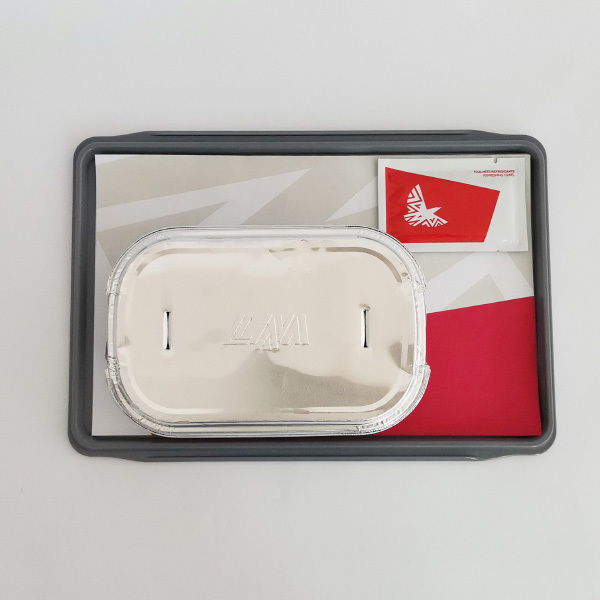The Essential Guide to Airline Food Tray Mats: Enhancing Hygiene and Convenience in Air Travel
Release Time:
Aug 02,2025
One of the primary functions of an airline food tray mat is to promote hygiene. Airplane tray tables can harbor various bacteria and germs, making the use of a food tray mat essential. These mats are designed to create a clean surface for passengers to enjoy their meals. By providing this extra layer of protection, airlines can enhance passenger confidence, especially in a post-pandemic world where health safety is paramount.
Additionally, airline food tray mats contribute to the overall aesthetics of the in-flight dining experience. Often printed with attractive designs or branding, they not only serve a practical purpose but also help in creating a pleasant atmosphere. A well-designed mat can elevate the perception of the meal, making it more enjoyable for passengers.
The materials used in the production of airline food tray mats are typically lightweight and disposable, ensuring convenience for both passengers and airline staff. Common materials include paper, biodegradable substances, or thin plastics that are easy to handle and discard after use. This focus on disposability aligns with the industry's growing emphasis on sustainability and minimizing environmental impact. Many airlines are now seeking to use eco-friendly materials, reflecting a commitment to responsible practices while still maintaining hygiene standards.
In addition to hygiene and aesthetics, airline food tray mats also offer practical benefits. They are easy to stock and manage on flights, allowing flight attendants to serve meals efficiently. Their lightweight nature means that they do not significantly add to the overall weight of the airplane, which can contribute to better fuel efficiency.
In summary, airline food tray mats are an essential component of the air travel experience. They enhance hygiene, improve aesthetics, and offer practical benefits that can significantly influence passenger satisfaction. As the industry continues to evolve, the innovation and design of these mats will likely adapt to meet the changing needs and preferences of travelers. By investing in quality airline food tray mats, airlines can demonstrate their commitment to passenger health and comfort, ultimately fostering loyalty and enhancing the overall flying experience.
Contact Infromation
Email: info@kairunair.com
Email: kairun11@kairun.com.cn
Email: kairun9@kairun.com.cn
Email: kairun15@kairunair.com
Tel: 0086-592-5885238
Tel: 0086-592-5887748
Tel: 0086-592-5885635
Wechat/Whats app: 0086 18965858595
Wechat/Whats app: 0086 18030153826
Wechat/Whats app: 0086 18965858597
Head Office: Unit 1009, No. 95 East Hubin Road, Siming District, Xiamen, China
Copyright © Xiamen Kairunair Commodity Co., Ltd. All Rights Reserved.
Cookie
Our website uses cookies and similar technologies to personalize the advertising shown to you and to help you get the best experience on our website. For more information, see our Privacy & Cookie Policy
Cookie
Our website uses cookies and similar technologies to personalize the advertising shown to you and to help you get the best experience on our website. For more information, see our Privacy & Cookie Policy
These cookies are necessary for basic functions such as payment. Standard cookies cannot be turned off and do not store any of your information.
These cookies collect information, such as how many people are using our site or which pages are popular, to help us improve the customer experience. Turning these cookies off will mean we can't collect information to improve your experience.
These cookies enable the website to provide enhanced functionality and personalization. They may be set by us or by third-party providers whose services we have added to our pages. If you do not allow these cookies, some or all of these services may not function properly.
These cookies help us understand what you are interested in so that we can show you relevant advertising on other websites. Turning these cookies off will mean we are unable to show you any personalized advertising.




